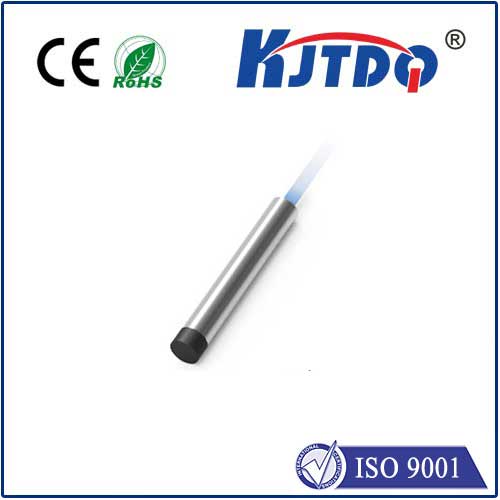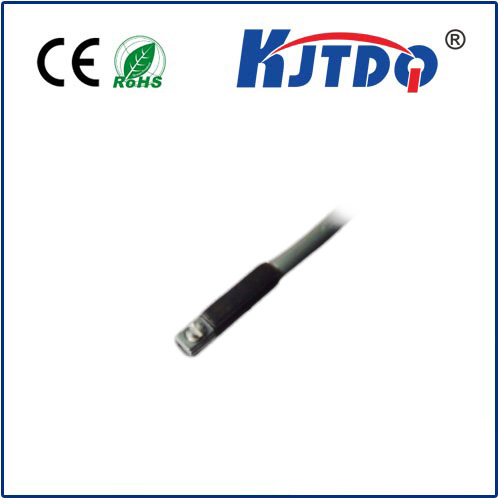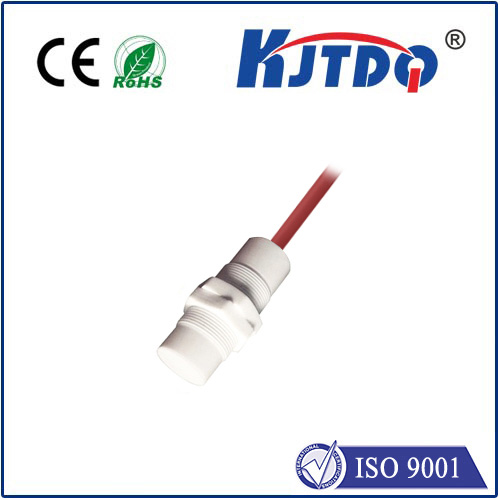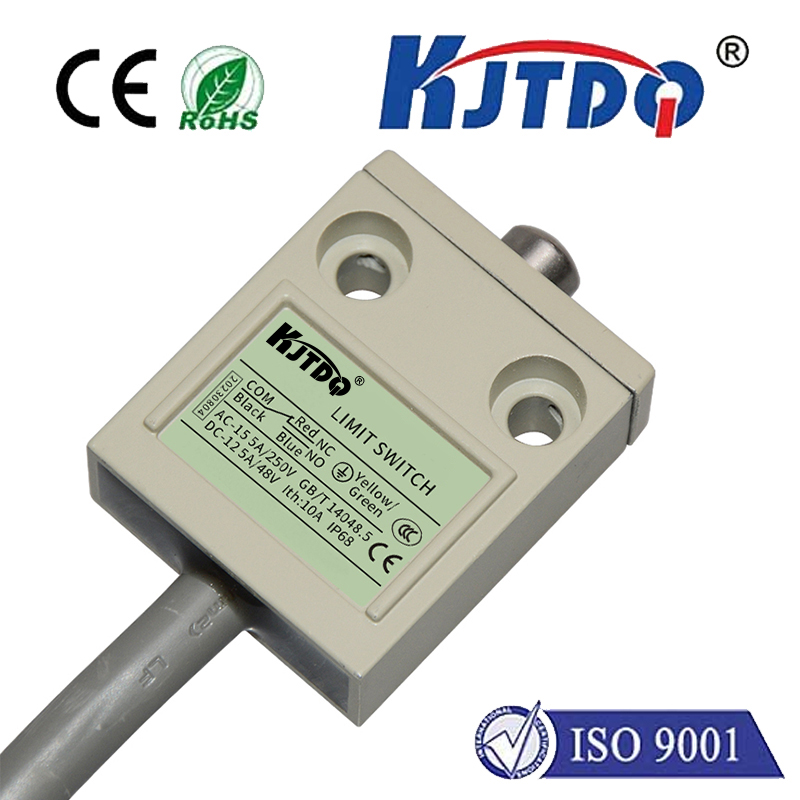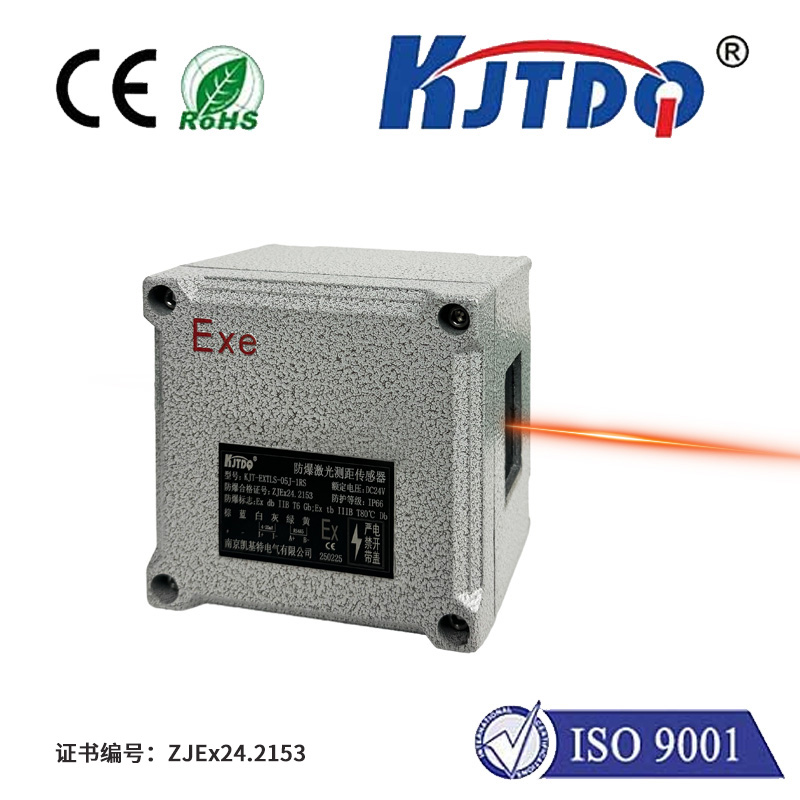

check

check

check

check
Imagine a critical hydraulic system deep within a mining operation, a high-temperature process line in chemical manufacturing, or the robust control systems of agricultural machinery. In these often unforgiving environments, precise pressure monitoring isn’t just convenient; it’s paramount for safety, efficiency, and preventing costly downtime. A single sensor failure due to shock, extreme temperature, or electrical interference can cascade into catastrophic system failure. This is where purpose-built sensors like the KPSG27 Pressure Sensor prove indispensable, offering a specific blend of ruggedness, reliability, and performance tailored for challenging applications.
Understanding the KPSG27 goes beyond its part number. It represents a category of robust pressure transducers designed to thrive where standard sensors might falter. These devices typically feature a stainless steel housing and sensing element, providing inherent resistance to corrosion and mechanical stress. Unlike fragile alternatives, the KPSG27 excels in scenarios involving heavy vibration, significant pressure spikes, or exposure to harsh elements like dust, oil, and moisture (IP ratings like IP65 or higher are common). This inherent durability translates directly into reduced maintenance needs and a longer operational lifespan, offering significant value over time.

The core mission of any pressure sensor, including the KPSG27, is to convert physical force exerted by a fluid (liquid or gas) into a measurable electrical signal. Common output signals for industrial sensors like this include 4-20mA current loops or ratiometric voltage outputs (e.g., 0.5-4.5V). The 4-20mA signal is particularly valued in industrial settings for its exceptional noise immunity over long cable runs and inherent fault detection (a 0mA signal typically indicates a problem). The KPSG27 pressure transducer leverages one of these reliable outputs, ensuring the pressure data it captures is transmitted accurately and stably back to control systems like PLCs (Programmable Logic Controllers) or SCADA (Supervisory Control and Data Acquisition) systems.
So, what defines the KPSG27 sensor’s specific capabilities? While exact specifications vary slightly by manufacturer, key performance characteristics typically include:
These characteristics make the KPSG27 pressure transducer a go-to solution across numerous demanding sectors:
Selecting the right KPSG27 pressure sensor requires careful consideration of your specific application’s pressure range, required electrical output (4-20mA or voltage), thread connection type (e.g., G 1⁄4, G 1⁄2, M12x1.5, 1⁄4” NPT), operating temperature range, and the media being measured. Consulting manufacturer datasheets is essential. The investment in a high-quality, rugged sensor like the KPSG27 yields significant returns through enhanced system reliability, minimized downtime, improved safety, and ultimately, lower total cost of ownership. Its blend of resilience and precision makes it a trusted workhorse in countless industrial applications, silently ensuring systems operate safely and efficiently under pressure.
